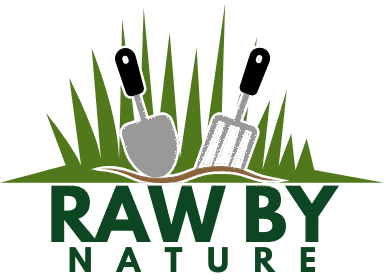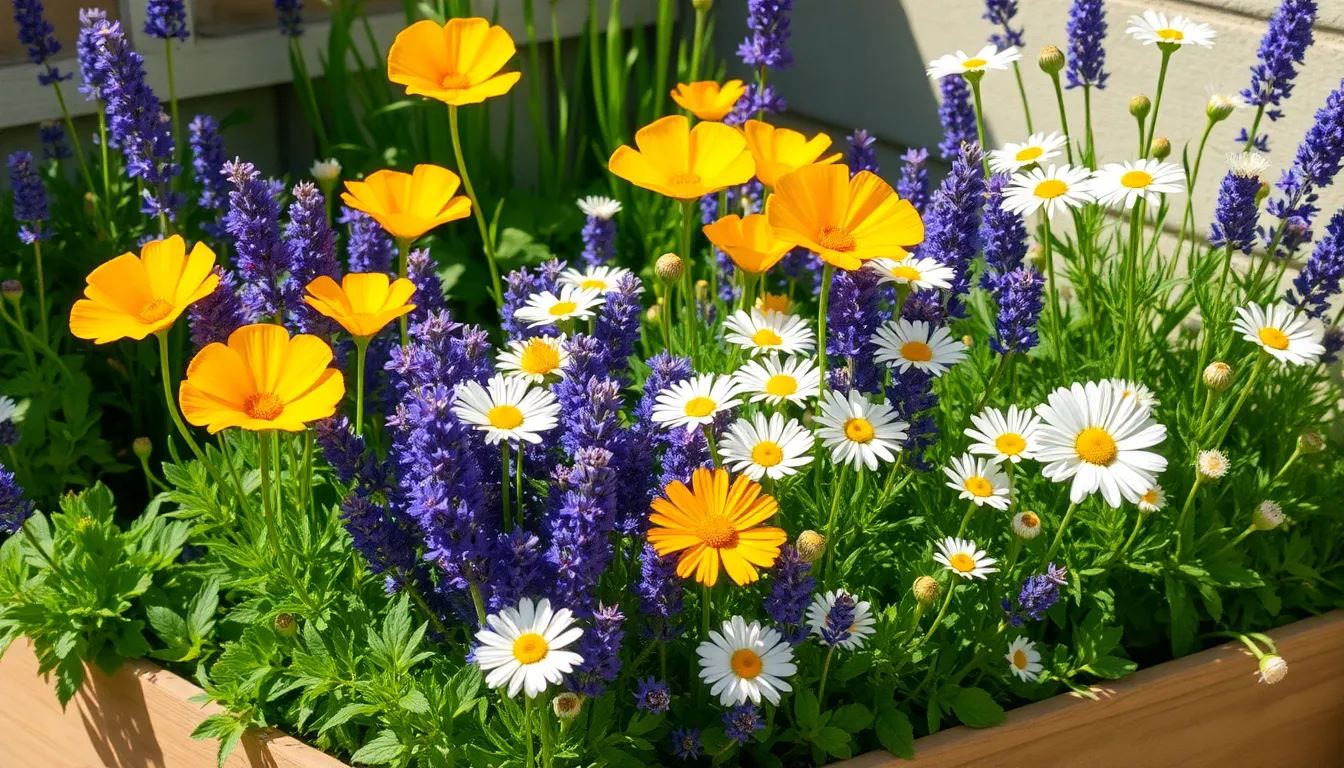Gardening, whether you’re just beginning or have years of experience under your belt, offers a canvas where nature paints her most vibrant hues, even in the smallest of spaces. Small gardens, while seemingly limiting, can become enchanting retreats when adorned with the right easy-to-care-for flowers. The beauty of these compact spaces lies in their ability to deliver a burst of color and life without overwhelming the gardener. By selecting the right plants, you can transform any corner into a lively tableau that thrives with minimal fuss.
In this article, you’ll discover a curated selection of flowers that are perfect for bringing small gardens to life, even if time is not on your side. We’ll explore plants that flourish with little attention, allowing you to enjoy their beauty rather than worry over their upkeep. From bold blooms that make a statement to delicate petals that add subtle charm, there’s a wealth of options to suit every taste and garden style. Our guide will provide practical tips and insights, ensuring that your gardening journey is both rewarding and manageable. Whether you’re nurturing your first garden or refining your green oasis, you’ll find inspiration and confidence to create a floral haven that captivates the senses.
Choosing Compact Flower Varieties
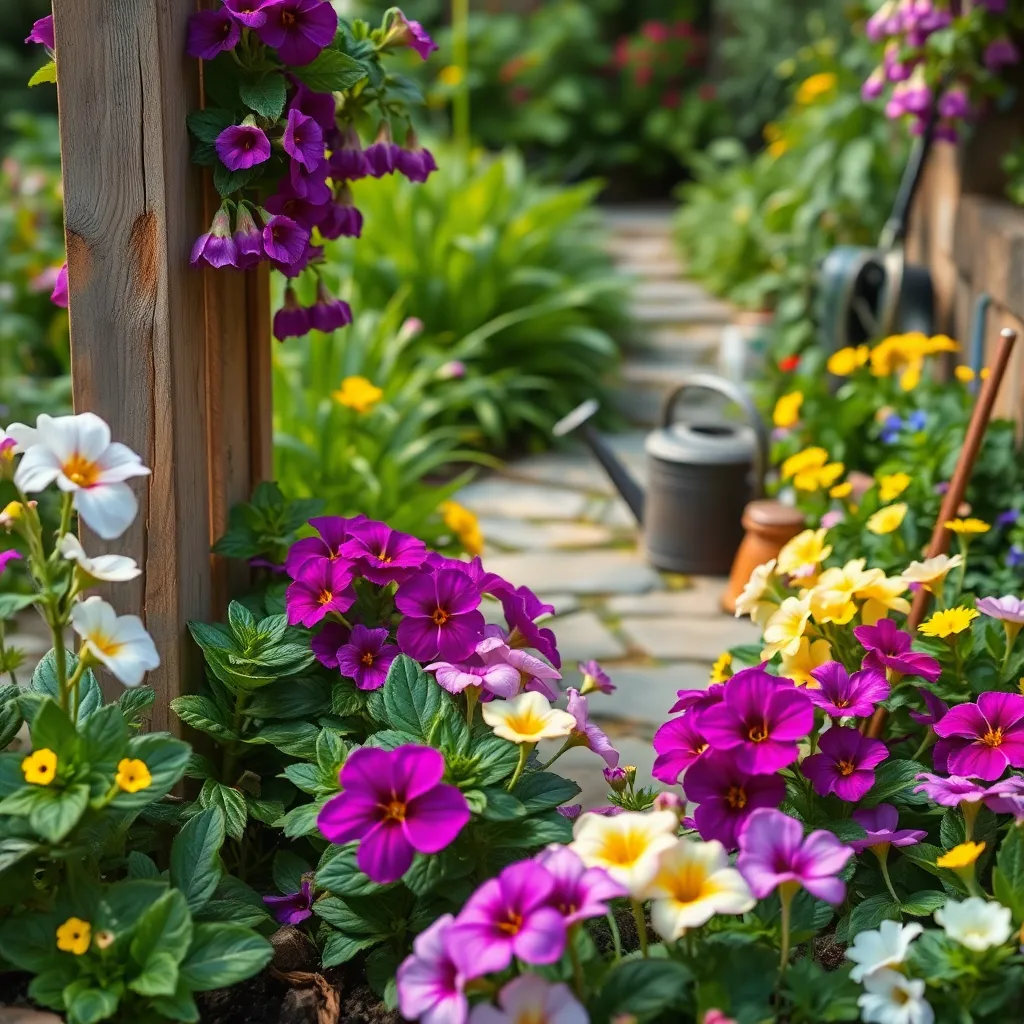
When space is at a premium, choosing compact flower varieties can make your small garden not only manageable but also vibrant and diverse. Compact flowers are ideal for tight spaces as they offer lush blooms without sprawling growth, making them perfect for container gardening or small plots.
Consider planting dwarf zinnias, which thrive in well-draining soil and full sun, offering bright colors that last through the season. Water them deeply once a week, ensuring the soil remains slightly moist but not waterlogged, to encourage robust growth and blooming.
Another excellent option is the miniature rose, which offers all the beauty of larger roses in a smaller form. Plant these in rich, loamy soil and place them in a sunny location, pruning regularly to maintain their shape and promote new growth.
For gardeners who prefer perennials, the compact lavender varieties are a great choice for adding fragrance and color to your garden. They thrive in sandy, well-draining soil and require only minimal watering, making them easy to care for even for beginners.
Ideal Low-Maintenance Blooms
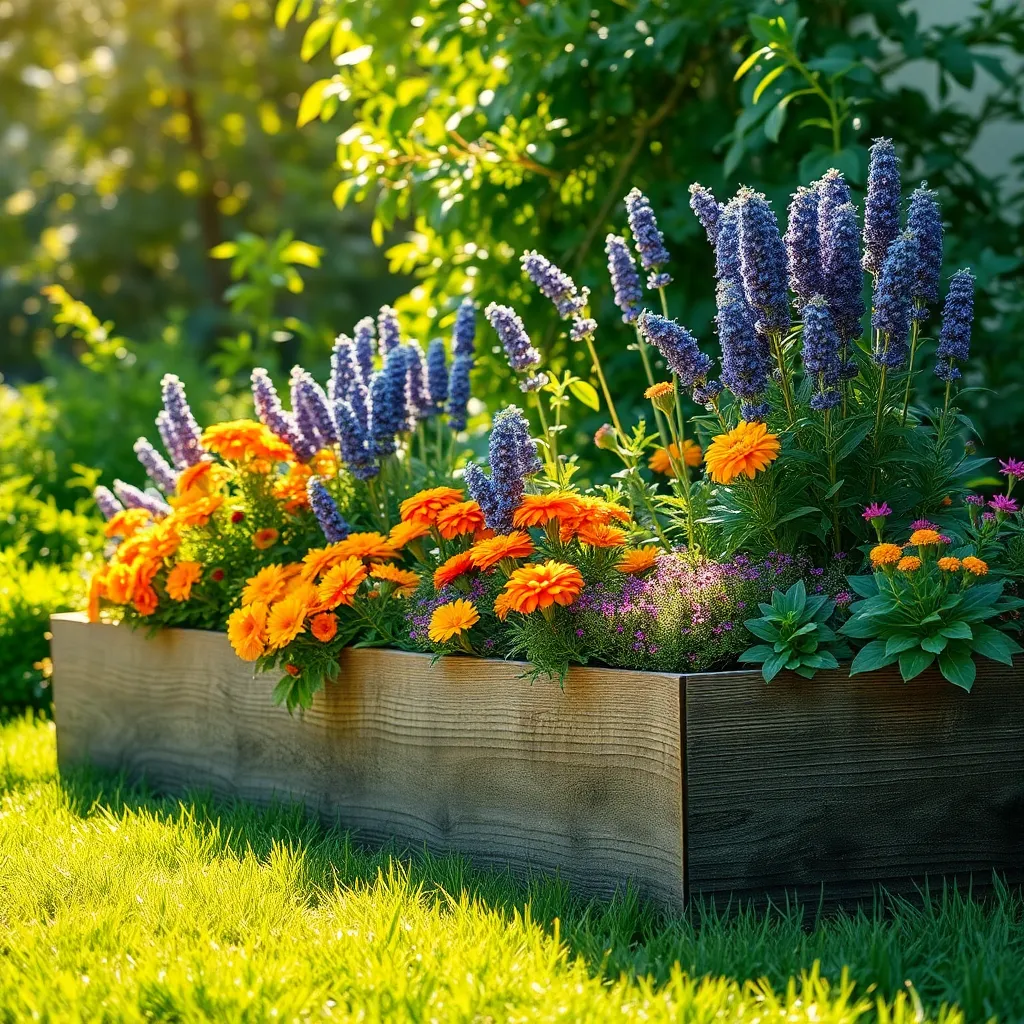
For gardeners seeking low-maintenance blooms, considering perennial options like daylilies and coneflowers can be rewarding. These plants thrive with minimal attention, making them perfect for small garden spaces.
Daylilies are particularly adaptable and can grow in various soil types, though they prefer well-drained soil for optimal health. Water them deeply once a week during dry spells, and enjoy their vibrant flowers year after year with little effort.
Coneflowers are another excellent choice for a low-maintenance garden, offering beautiful blooms and attracting pollinators. They require full sun and tolerate drought well, needing only occasional watering during prolonged dry periods.
For those looking to minimize maintenance even further, planting drought-tolerant varieties like sedum can be ideal. These succulents are not only hardy but also require infrequent watering, making them perfect for busy gardeners.
Simple Planting Tips for Beginners

Getting started with planting flowers in your small garden can be a rewarding experience. For beginners, choosing the right location is crucial; ensure your plants receive the right amount of sunlight by observing your garden’s light patterns throughout the day.
Soil preparation is a key step that can make a significant difference in plant health. Beginners should focus on using a well-draining soil mix, enriched with organic matter like compost, to provide essential nutrients and optimal growing conditions.
Watering practices can greatly impact the success of your garden. It’s important to water deeply but infrequently to promote strong root growth; generally, aim to water your plants once or twice a week, adjusting based on rainfall and temperature.
Consider starting with hardy, low-maintenance flowers that thrive in various conditions. Flowers like marigolds and zinnias are excellent choices as they are resilient and bloom beautifully with minimal care, making them perfect for beginners looking to build confidence.
Efficient Watering for Small Spaces
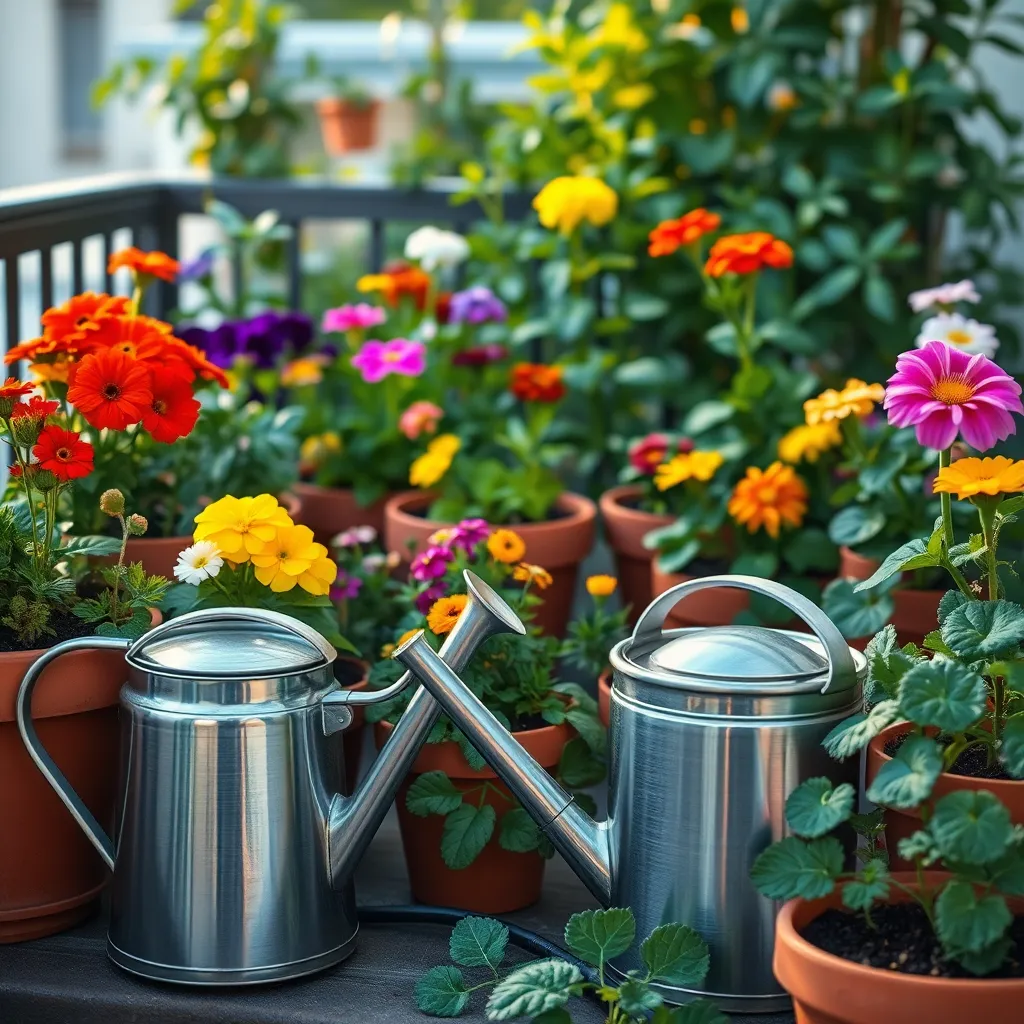
Maximizing water efficiency in small garden spaces is key to maintaining healthy plants. One effective method is using a drip irrigation system, which delivers water directly to the plant roots, reducing waste and evaporation.
Consider grouping plants with similar water needs together to streamline your watering routine. This strategy not only saves water but also ensures each plant receives the appropriate amount of moisture for optimal growth.
For small gardens, using a mulch layer is a game-changer in retaining soil moisture. Organic mulches such as bark or straw not only help keep the soil cool but also decompose over time, enriching the soil with nutrients.
Advanced gardeners might explore self-watering containers, which are ideal for small spaces and reduce the frequency of watering. These containers have a reservoir that provides a steady supply of moisture, ensuring plants remain hydrated even during dry spells.
Seasonal Care for Your Flowers
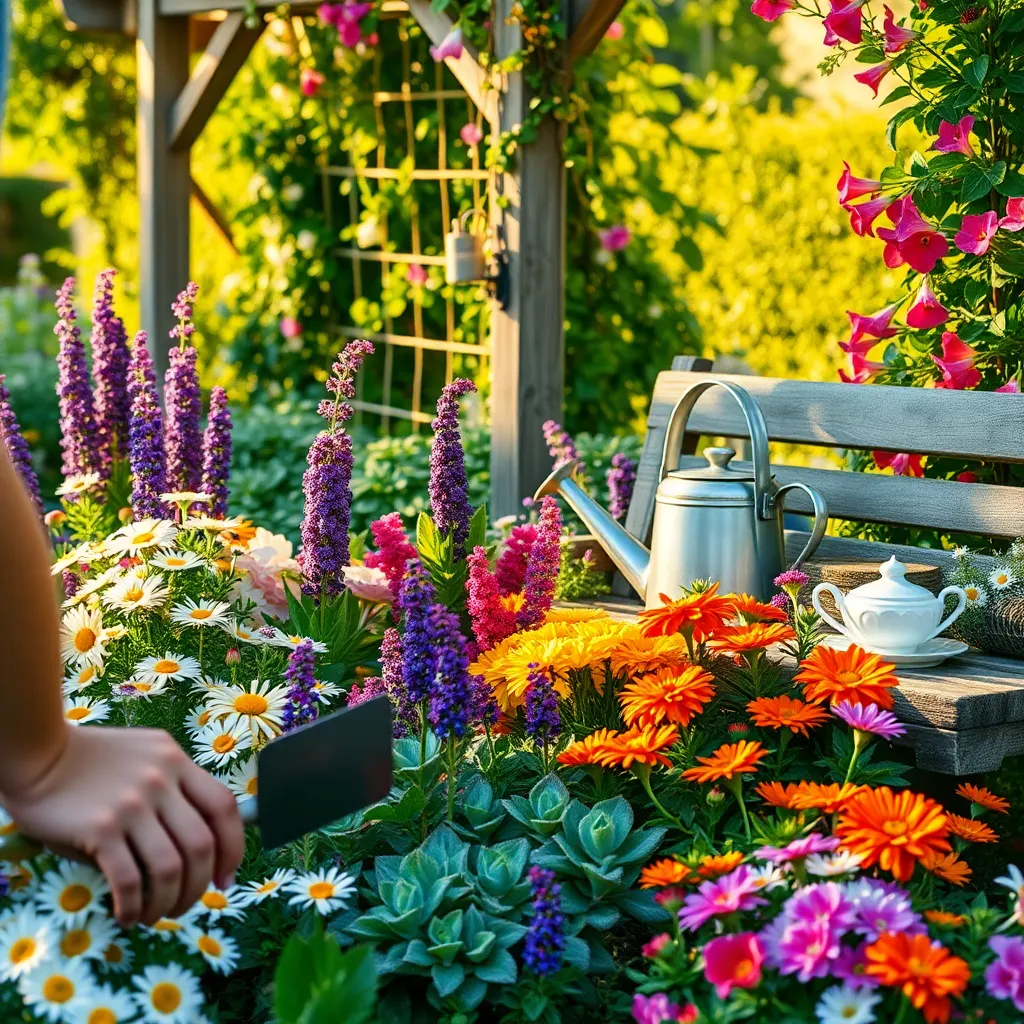
As the seasons change, so do the needs of your small garden flowers. In the spring, it’s crucial to focus on soil preparation by incorporating compost or a balanced fertilizer to give your plants a strong start. For beginner gardeners, consider using a soil test kit to determine nutrient levels and adjust your soil amendments accordingly.
Summer requires vigilance in watering, as hot weather can quickly dry out small garden spaces. It’s best to water early in the morning or late in the afternoon to minimize evaporation and ensure your flowers receive the hydration they need. For those with experience, adding a layer of mulch around your flowers can help retain moisture and suppress weeds.
Autumn is the perfect time to deadhead spent blooms and tidy up your flower beds. Removing old flowers not only keeps your garden looking neat but also encourages more blooms in certain species. Expert gardeners might also consider dividing perennials during this season to promote healthier growth and expand their garden.
Winter care involves protecting your flowers from harsh conditions, especially in regions with frost. Using frost cloths or burlap to cover delicate plants can prevent damage from cold snaps. Additionally, for those with more advanced knowledge, overwintering tender perennials indoors or in a greenhouse can ensure they survive until spring.
Conclusion: Growing Success with These Plants
In “Easy-to-Care-for Flowers for Small Gardens,” we explored five key relationship concepts that parallel the nurturing of a thriving garden. First, we discussed the importance of choosing the right partners—just as selecting suitable plants for your garden ensures growth, finding compatible partners fosters harmony. Second, we emphasized consistent care, highlighting that relationships, like gardens, require regular attention to flourish. Third, we noted the value of patience, as both relationships and gardens need time to develop their full potential. Fourth, we underscored adaptability, reminding us that being receptive to change can lead to growth. Finally, we celebrated the beauty of diversity, encouraging the inclusion of various perspectives and personalities to enrich our relational landscapes.
As an immediate next step, take a moment to assess your relationships and identify one area where you can apply these insights today. Whether it’s spending quality time, being more open to change, or appreciating differences, small actions can lead to significant growth.
Remember to save this article for future reference. It’s a handy guide for cultivating strong, lasting relationships. With these principles in mind, your relationships are set to blossom beautifully. Here’s to a future filled with love, understanding, and success!
